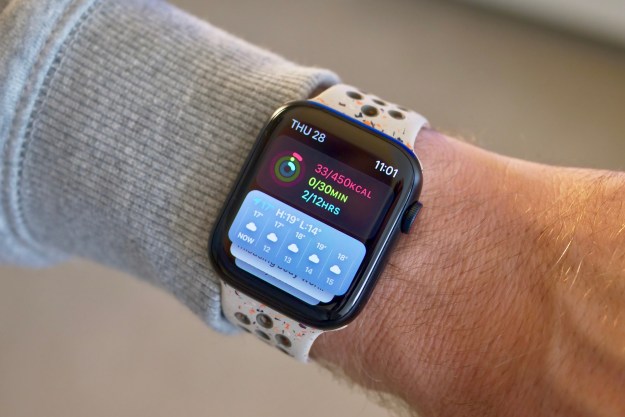Apple has instituted a screen replacement program for the aluminum models of the Apple Watch Series 2 and Series 3 to address cracking issues.
Apple said that in “very rare circumstances,” a crack may form along the rounded edge of the screen of the affected models of the Apple Watch. The crack may start on one side and then continue around the screen.

The Apple Watch Series 2 models eligible for the program were sold between September 2016 and October 2017, while the Apple Watch Series 3 models that may get a free screen replacement were sold starting September 2017, until September 2019. The full list of eligible models is in the support document that Apple published for the program.
Customers who believe that their Apple Watch should get a free screen replacement may visit an Apple retail store or an Apple Authorized Service Provider to receive confirmation of eligibility. Alternatively, they may contact Apple Support to arrange for mail-in service. The device will be sent to an Apple Repair Center and returned to its owner after about five business days.
Owners of eligible models may avail themselves of the free screen replacement for three years after the first retail sale of the device, or one year from the program’s state date, whichever is longer.
A class-action lawsuit was filed against Apple last year for allegedly refusing to acknowledge a common defect in all Apple Watch models that causes the screen to “crack, shatter, or detach from the body.” It is unclear if the free screen replacement program is a direct response to the allegations.
The sales period covered by the screen replacement program includes September this year, which suggests that the flaw may be addressed in future Apple Watch models, or the affected models may be removed from the lineup.
The flaw is likely already addressed with the upcoming Apple Watch Series 5, which is expected to be unveiled in September alongside the new iPhones. The new Apple Watch will finally get an App Store, along with the usual internal upgrades.
Editors' Recommendations
- 5 smartwatches you should buy instead of the Google Pixel Watch 2
- Nomad’s new iPhone case and Apple Watch band may be its coolest yet
- OnePlus just fixed a big issue with the OnePlus Watch 2
- Apple may stop updating one of its best Apple Watches this year
- The OnePlus Watch 2 is the Wear OS smartwatch I’ve been waiting for


